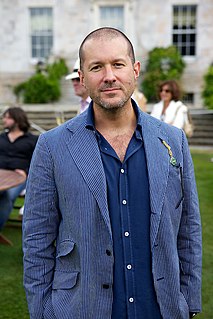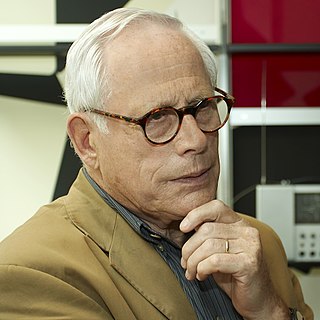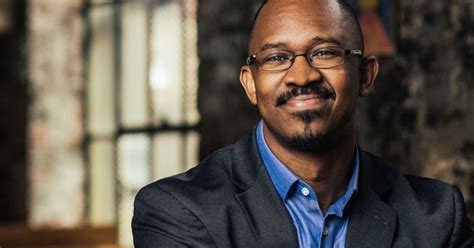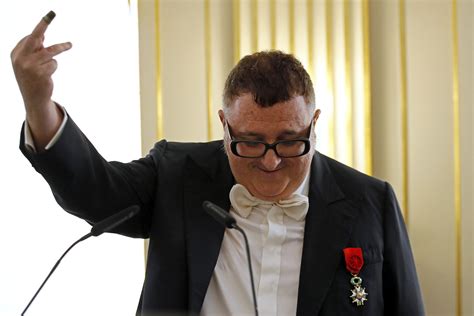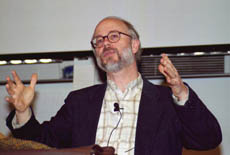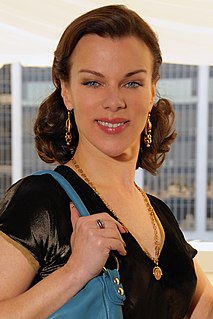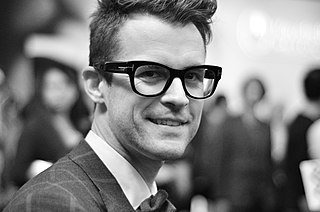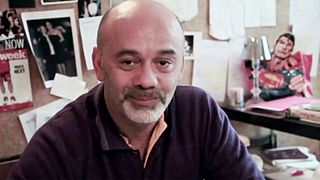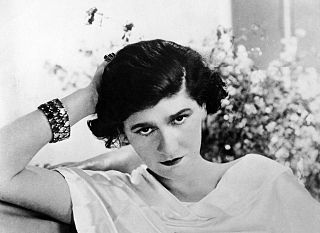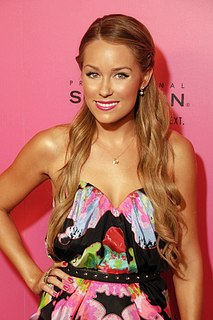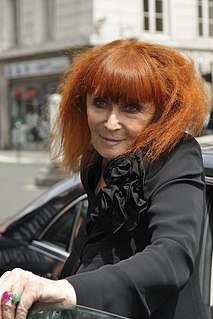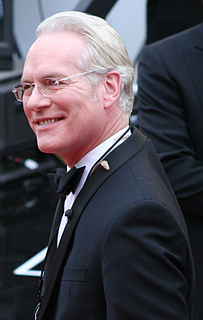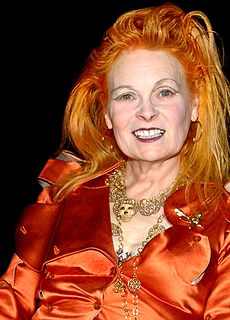A Quote by Jonathan Ive
Really great design is hard. Good is the enemy of great. Competent design is not too much of a stretch. But if you are trying to do something new, you have challenges on so many axes.
Related Quotes
Good design is innovative
2. Good design makes a product useful
3. Good design is aesthetic
4. Good design makes a product understandable
5. Good design is unobtrusive
6. Good design is honest
7. Good design is long-lasting
8. Good design is thorough, down to the last detail
9. Good design is environmentally friendly
10. Good design is as little design as possible
To the designer, great design is beautiful design. A significant amount of effort must be placed into making the product attractive. To the client, great design is effective. It must bring in customers and meet the goals put forth to the designer in the original brief. To the user, great design is functional. It’s easy to read, easy to use and easy to get out of it what was promised Truly great design, then, is when these three perspectives are considered and implemented equally to create a final product that is beautiful, effective and functional.
If there is a well thought-out design standard, it should be followed. In practice, great design comes from great designers. That is empirically the case. If a great designer did a first-rate standard, that model should be followed. Great design is not democratic; it comes from great designers. If the standard is lousy, then develop another standard.
Good design allows things to operate more efficiently, smoothly, and comfortably for the user. That's the real source of advantage. Businesses have started to understand this, so good design will become the price of entry. ... Customers appreciate good design. While they can't necessarily point out what specifically makes it good, they know it feels better. There's a visceral connection. They are willing to pay for it, if you give them a great experience.
The question is: exactly how did life get here? Was it by natural selection and random mutation or was it by something else? Everybody - even Richard Dawkins - sees design in biology. You see this design when you see co-ordinated parts coming together to perform a function - like in a hand. And so it's the appearance of design that everybody's trying to explain. So that if Darwin's theory doesn't explain it we're left with no other explanation than maybe it really was designed. That's essentially the design argument.
When entertaining, it's great to wow your guests with an outstanding recipe, but it's also very important to design a menu that's not too demanding of yourself, otherwise everybody will have fun but you. A great appetizer or simpler dish is a good way to work a menu that's delicious but does not impose too much effort or time spent in the kitchen.
